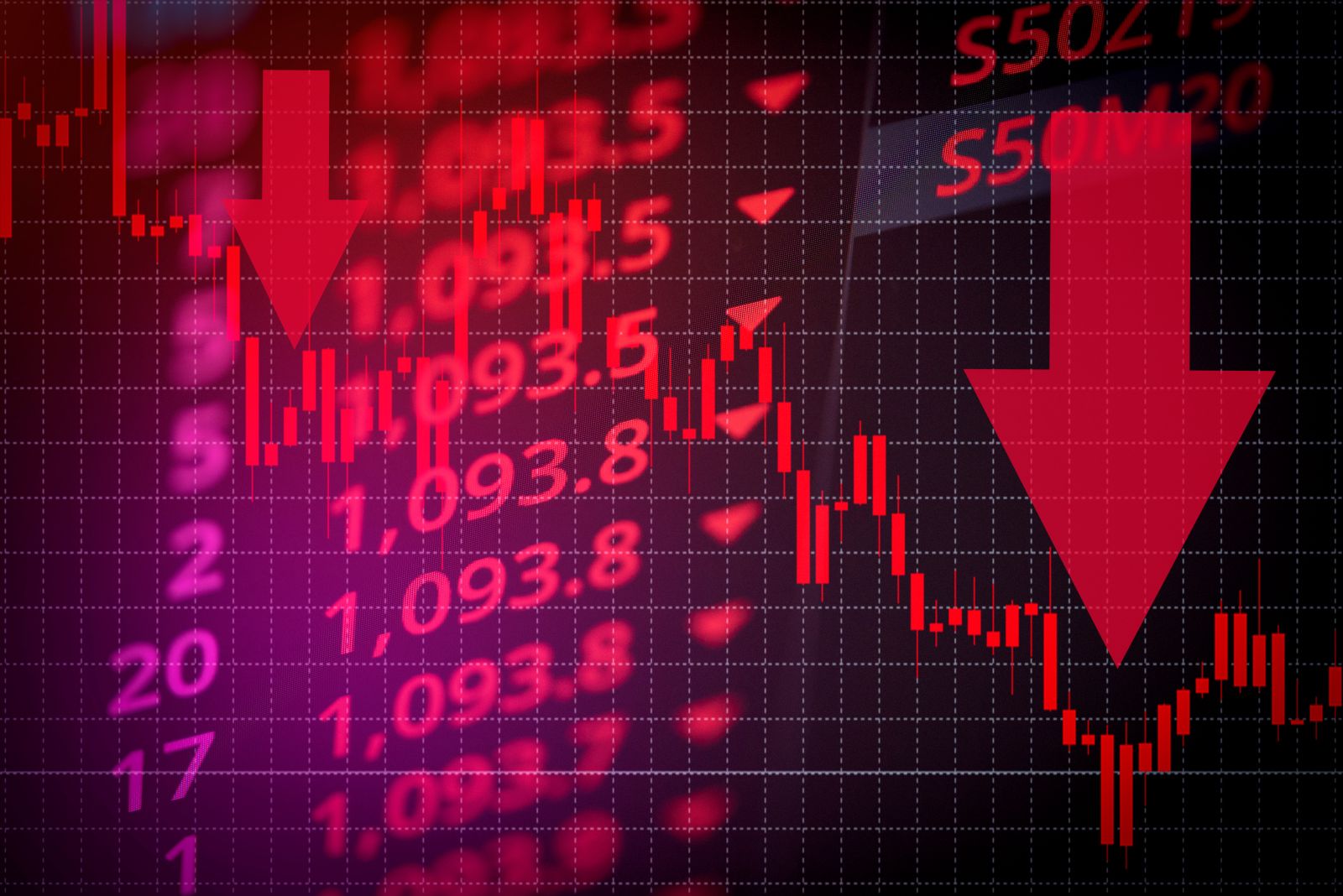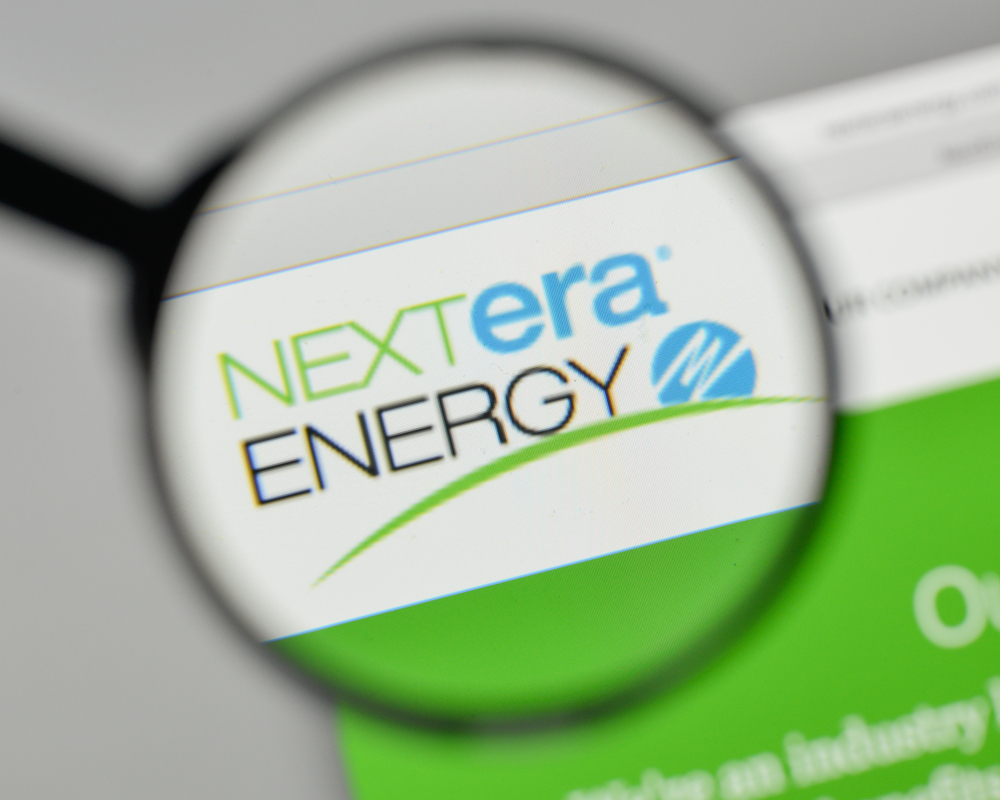Based on its share price, down 75% in the last three years, it's easy to write off Moderna (NASDAQ:MRNA) as a biotech that'll never recover its former glory -- which it built on the success of its coronavirus vaccine program. But where there are widespread bearish sentiments about a stock, there's also often an opportunity for investors who are willing to focus on the long term and appreciate that things won't always be like they are now.
In that vein, let's learn about the three most important things you should know if you're going to consider investing in Moderna today.
Where to invest $1,000 right now? Our analyst team just revealed what they believe are the 10 best stocks to buy right now. See the 10 stocks »
1. You can expect its revenue to fall further
Without a growing base of revenue, it's hard to craft a compelling investment thesis for Moderna or any other stock. Moderna's trailing-12-month revenue is just over $5 billion, down by 77% from three years ago. Even with ongoing updates to its Spikevax jab for coronavirus, there simply isn't as much demand for coronavirus vaccines as there was back when the pandemic occupied a larger share of people's attention.
And despite widespread outbreaks of respiratory syncytial virus (RSV), the recent approval of its RSV vaccine has also not moved the needle much. It isn't likely that this state of affairs will change soon, which suggests the company's sales will fall further. In fact, it's likely to get significantly worse before it gets better. Management expects to bring in a maximum of $3.5 billion in 2024.
Part of the issue is that its RSV vaccine only brought in $10 million in the third quarter, due to its late approval relative to the peak infection season in the Northern Hemisphere. That problem probably won't recur with the updated version next year, though it's still unlikely that the program will bring in enough revenue to make it a blockbuster drug.
Overall, the message is that shareholders need to manage their expectations carefully, as the stock may well decline further in the near term.
2. It'll take a few years for its pipeline to deliver new growth
The second thing that investors need to know about this company is that while the next three years may be rough for shareholders, after that things are very likely to be looking up.
In theory, Moderna will be launching roughly 10 new programs between now and 2028. The programs with the highest earning potential are its combination jab for COVID and influenza, and its therapeutic vaccine for various cancers. All of its new products should help to shore up the base of revenue, and eventually they'll enable a return to actual growth.
Importantly, the biotech is also developing a pair of therapeutic vaccines for a pair of rare diseases: propionic acidemia (PA), and methylmalonic acidemia (MMA).
Those two programs are unlikely to be big earners. But assuming they get approved, they'll help to prove that in principle, Moderna's platform is capable of developing innovative solutions to illnesses that other approaches haven't been able to treat. And that'll add to the company's value, in addition to stoking some growth.
3. It's still getting plenty of business from the U.S. government
For a vaccine developer, a good relationship with governments is critical because governments tend to be the largest customers for vaccines.
On Jan. 17, Moderna demonstrated its close relationship with the U.S. government once more, securing a grant worth $590 million to continue with the research and development (R&D) of its pandemic influenza vaccine program. The grant covers further development of candidates against avian influenza, and the program is expected to enter phase 3 relatively soon.
It's clear that the size of this grant is significant for the biotech, even if it won't enable Moderna's top line to grow on its own. More importantly, working with the U.S. government positions Moderna to be one of the preferred providers of vaccines in the event of a larger influenza outbreak during the next flu season.
There's no guarantee that such positioning will yield a big windfall. But it does indicate that management is keen to expose the business to as many growth opportunities as possible, which is a positive sign for the long view.
Don’t miss this second chance at a potentially lucrative opportunity
Ever feel like you missed the boat in buying the most successful stocks? Then you’ll want to hear this.
On rare occasions, our expert team of analysts issues a “Double Down” stock recommendation for companies that they think are about to pop. If you’re worried you’ve already missed your chance to invest, now is the best time to buy before it’s too late. And the numbers speak for themselves:
- Nvidia: if you invested $1,000 when we doubled down in 2009, you’d have $369,816!*
- Apple: if you invested $1,000 when we doubled down in 2008, you’d have $42,191!*
- Netflix: if you invested $1,000 when we doubled down in 2004, you’d have $527,206!*
Right now, we’re issuing “Double Down” alerts for three incredible companies, and there may not be another chance like this anytime soon.
*Stock Advisor returns as of January 21, 2025
Alex Carchidi has no position in any of the stocks mentioned. The Motley Fool recommends Moderna. The Motley Fool has a disclosure policy.



/NVIDIA%20Corp%20logo%20on%20phone%20and%20AI%20chip-by%20Below%20the%20Sky%20via%20Shutterstock.jpg)



